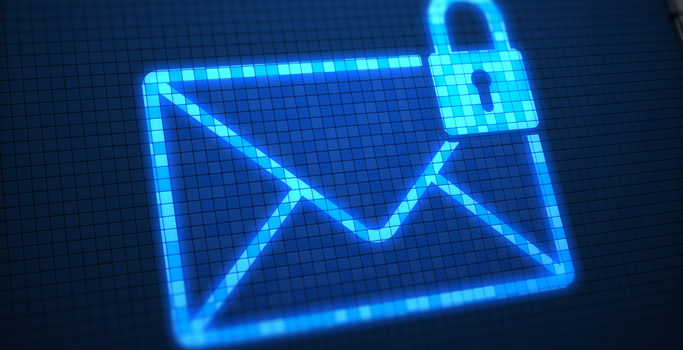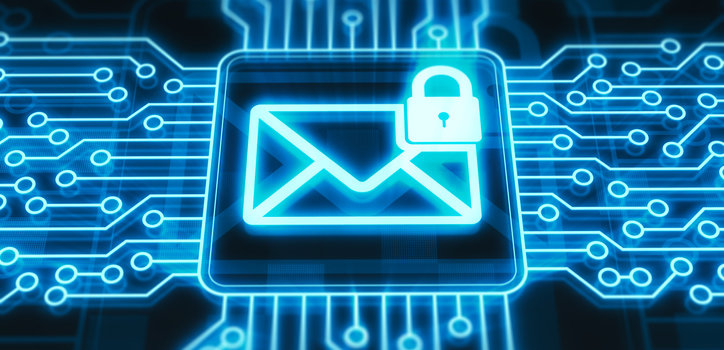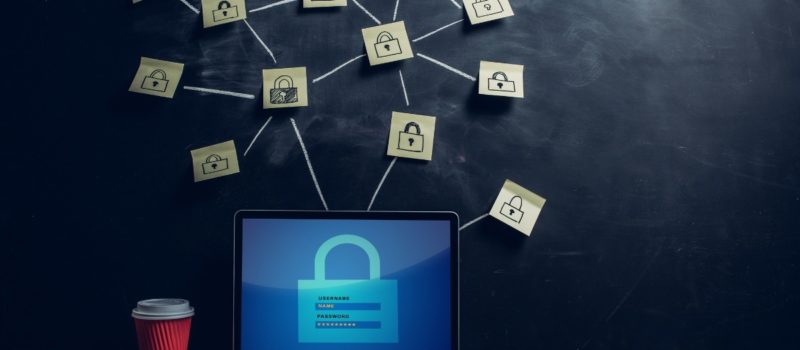Email is one of the most often used communication channels in business. It’s a fundamental part of modern communications. Email is also a medium that’s “always-on,” and people have access to it from anywhere. While it’s a necessity, it’s also a channel ripe with risk. That’s why email security is so critical.
In this post, we’ll define what email security is, discuss the risks it presents, and provide you with best practices.
What Is Email Security?
Email security describes a variety of tactics, including:
- Applying technology tools to inspect incoming emails for potential malicious threats
- Encrypting or securing outbound email traffic to protect inboxes, data, users, and organizations from cybersecurity threats.
Both inbound and outbound email are subject to security measures. Security measures can also relate to compliance checks for regulated data exchanges.
Since the massive adoption of cloud-based email, the ecosystem has become more complex. As such, security tools and protocols have become more advanced to ensure the integrity of every message.
So, what are the biggest threats to email security?
Email Security Threats
Email represents a means for cybercriminals to infiltrate a network. The most common way they do that is with phishing attacks. Phishing attacks are the practice of sending communications that are fraudulent but look like they’re coming from a reputable, known source. Phishing can lead to several adverse events.
Recipients may click on a link and reveal sensitive information like credentials, allowing unauthorized persons to breach a network and gain access to confidential data.
Phishing emails can also be carriers of malware or ransomware, which can also cause breaches or other failures.
While phishing has been part of the hacker’s playbook for some time, it’s still a leading cause of cyber incidents, with 36 percent of all breaches tied to phishing. And email is the favorite option, with 96 percent of them arriving via email.
In addition to phishing, access to a business email account by anyone outside of the owner could result in the compromise of proprietary information or intellectual property.
Protecting email accounts is paramount to any company’s data security policies. The risk of breaches or other losses can be significant, financially and reputationally.
To prevent as much of this as possible, you’ll want to follow best practices regarding email security.
Email Security Best Practices
Creating a robust email security posture is critical for your business. You’ll want your provider to offer multiple layers of protection, including monitoring and encryption. Training and educating staff is important as well.
Here are the best practices that provide the most protection.
Use multi-factor authentication
Should a password be stolen, you can still keep unauthorized persons out with multi-factor authentication. Legitimate users will need more than just their password to “authenticate.”
Add link protection tools
Unfortunately, some phishing emails will still get through filters. If they do, the last thing you want is for a user to click that link. Link protection prevents users from accessing sites blacklisted as known phishing sites or having malicious code. Should someone click on it, the technology gauges the page’s reputation. If it’s unknown, a scan of it occurs in real time. If it’s not above board, a warning message appears.
Deploy targeted attack protection
The ecosystem of targeted attacks is growing, especially those that involve social engineering. In such cases, the email seems legitimate because the recipient was expecting it. It could be a receipt or a confirmation of a meeting. These can even include employee impersonation. With AI tools, email security rises to a new level. Such functionality flags suspicious emails, delivers insights into threat signals, and automatically remediates based on actions you’ve preconfigured.
Protect outbound emails
It’s not just emails your employees receive that need security; outbound emails also do. In many cases, you may be sending confidential attachments intended only for the actual recipient. That’s especially true for communication that’s subject to regulations like HIPAA. To adhere to these rules, you’ll need compliance templates with preconfigured code sets, keywords, and policies when sending PHI.
Further, you also need safety nets in place should an employee inadvertently or negligently release sensitive data. With email encryption, you have a safe, secure, and reliable way to share this type of data and prevent data leakage.
Keep software up to date
Make sure that your administrator or provider auto-updates your email exchange. Failure to do this could leave you open to attacks. With auto-updates, every account or device gets the upgrades needed.
Run phishing attack simulations
Employees and their ability to respond correctly to phishing are critical in your defense posture. In addition to regular training and education on email and data security, you should also deploy phishing exercises. This helps them build awareness and be more cognizant of possible threats.
Give administrators full visibility
The final piece of the email security puzzle is providing administrators control and visibility across the entire enterprise. Security controls should be easy to understand and change as required. Administrators will have the necessary access to settings that ensure the safest email environment.
How Secure Is Your Email Exchange?
Does your current email exchange offer you all these protections? Are you concerned about what could happen without more rigorous features? Then you’ll want to know all about Intermedia Email Protection. Explore all it can do and why so many businesses trust it and us today!
May 31, 2022
Explore other posts on these topics:




